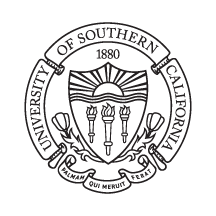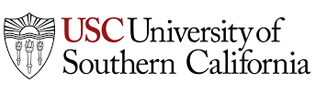
The purpose of this paper is to provide guidance for researchers and analysts on when, why, and how to apply Porter's competitive advantage theory to analysis of IT sectors in developing countries. To date, this theory has been rather poorly applied in such analysis, yet the question of how developing countries—as latecomers—can create competitive advantage in IT industries remains one of critical interest to policy makers, entrepreneurs, and international agencies. Understanding of IT sector growth is particularly important, in light of its significant potential contribution to economic development. From the five IT sectors—goods, software, infrastructure, services, and content— this paper focuses on software. Having provided a thorough explanation of competitive advantage theory, it applies this theory to the case of India's software industry, which it finds does have a competitive advantage, based on variables such as ever-increasing advanced skills, domestic rivalry, clustering, and government policy/vision. To assist researchers, the paper identifies emergent challenges to Porter's theory that can be resolved relatively easily but also some less tractable problems around the issues of government policy, processes of upgrading/innovation, and local/global linkages. All these require some identified amendments to Porter's original ideas. Nonetheless, Porter's theory is seen to be a valuable tool for development informatics/ICT4D research, applicable to a variety of IT sectors—not just software—and offering answers to questions about whether sectors are competitive, why they are or are not competitive, and what should be done to improve or sustain competitive advantage.
Competitive Advantage Theory; IT Industry; Entrepreneurs; Policy Makers; International Agencies; Porter; Development, ICT4D Research; Competitive Advantage










